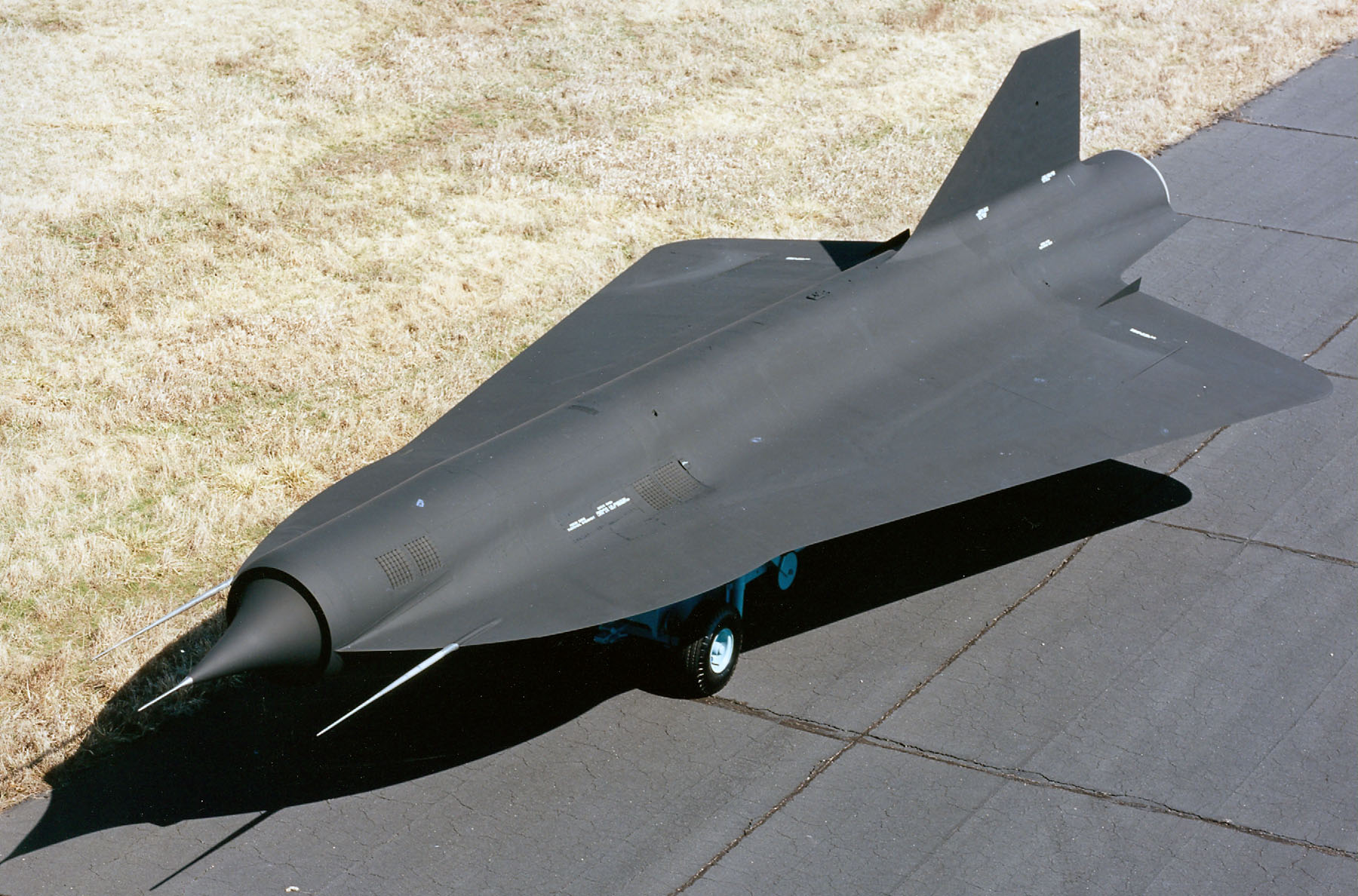
How one defense contractor wants to advance directed energy
Booz Allen Hamilton thinks its engineers have answers for high energy lasers.
Best listening experience is on Chrome, Firefox or Safari. Subscribe to Federal Drive’s daily audio interviews on Apple Podcasts or PodcastOne.
Directed energy lasers somehow have always been the weapon of the future. Military grade lasers are either too heavy or require too much power to be practical. Booz Allen Hamilton thinks its engineers have answers for high energy lasers. The company has a new unit called HELworks. To bring it all together, HELworks CEO Joe Shepherd, talked to the Federal Drive with Tom Temin.
Interview transcript:
Tom Temin: HELworks stands for high energy laser works. And tell us what the company does. Do you design? Do you build? Or do you just create use cases?
Joe Shepherd: So we are an innovative developer of HEL weapons systems. They balance need for power with the need for mobility in the modern battlespace. In essence, we’re putting HELs where they’ve never fit before for DOD.
Tom Temin: What is the essential engineering problem? I’ve seen military lasers, prototypes and operations. And sometimes they’re so they’re almost like hypersonic launch units. They’re so big, you can’t see how they could possibly be practical onboard a tank, even a ship.
Joe Shepherd: Right. So the challenge boiled down to a single statement is size, weight and power. So the ability to fit these laser weapons systems on platforms that have operational relevance, or to get them just in a configuration that makes sense for the warfighter. So to your point, traditionally these systems have been big and clunky by design, in many cases, because we’re building prototypes of a relatively nascent technology, now we’re focused on getting these things operational and in the hands of the warfighter in a relevant way. And so HELworks is really focused on that size, weight and power problem.
Tom Temin: Because you can get a laser into the size of a big pen, which people use on PowerPoint presentations, but that can’t kill anybody, if you aim it at them, how do you get sufficient power for military applications and still shrink the physical size of the generator in the unit?
Joe Shepherd: Sure. So there’s a couple of things that you need to focus on there. One is ensuring that you have the right power match to the target set that you’re trying to go after. Not overpowering the system for something that may be a little more addressable, like a drone, or a rocket artillery and mortar, which seems to be the sweet spot right now for DoD in terms of the use of lasers. So one would be to get that power relevant and appropriate. Secondly, it’s really focusing on what’s the runtime that you need for the laser to be effective. And then that allows you to scale the power required to generate that light, and how much heat you then have to dissipate, which is the thermal management problem with these systems. So you know, HELworks just focused on those two things almost primarily, appropriate power levels, and the application of power and the laser, and then, innovative thermal thermal management capability that allows us to get it small and compact enough to be relevant.
Tom Temin: Yes because the laser that I saw at your alma mater, the Dahlgren Naval Surface Warfare Center, cut through pretty thick steel at fairly close range. In the case of shooting down a drone, a drone is not made of steel that thick, it’s probably made of plastic, or some kind of a composite material or very thin aluminum. So therefore, you wouldn’t need that kind of power, just enough to cut the drone in half or make a hole in it. And so it crashes. So has the military been concentrating too much on a great big thing that can sink a tank a mile away, when they should be looking at sinking what’s essentially a toy like thing at a few 100 yards?
Joe Shepherd: Well, I think it’s a timing issue. So we’ve spent a number of years what I like to coin tech maturation. Focusing on ensuring that the technology is relevant, you know that the problems of the physics of lasers and all the things that go along with it from a tech perspective are solved. And so we’ve gotten to that point, I think we’re to the point now, where we are technology rich, and both funding and policy poor. So now is the time to start focusing on getting these things in an operational configuration that makes sense. And to DoD’s credit, the last couple of years, they’ve taken strides to ensure that we’re taking operational prototypes and getting those things rapidly fielded, so that we can feel out the viability of these AGL systems, because there’s still a lot of skepticism, as you would expect in a nascent market, like directed energy. But the more we deploy, and the more we learn about them, I think the less skeptics we’ll have.
Tom Temin: We’re speaking with Joe Shepherd, he’s president and CEO of HELworks a Booz Allen Hamilton company. And there’s also the issue of integrating the platforms into the Stryker into the whatever the platform that the military is using. That’s a huge issue for anything they develop. Do you work with them on the issue of integrating it with the platform, so that it’s supportable in the field?
Joe Shepherd: Yes, so we have two products in our portfolio that really align nicely to that Stryker vehicle. One is the high energy laser mission equipment package that are referred to as HELMEP, which is getting a laser weapons system into and onto the Stryker vehicle in complement to the existing kinetic weapons. So the Army has been focused on a program they call MSRAD or mobile short range air defense, and it has several increments the first increment was a purely kinetic weapons base effector. And the DEMSRAD for increment two was a pure play directed energy platform where HELworks is focused is we are working with two companies MOOG and BlueHalo to bring to that platform a capability that allows you to put an AGL weapon on the platform in complement with the kinetic effectors on that platform. And what we also were able to do because of our small size, weight and power application, through our light engine technology, we were able to bring a powered and cooled laser and put it inside the Stryker completely under armor. So when you look at what most services have done to this point on these small tactical vehicles is there’s typically components of the AGL system that’s exposed either to the environment or to the threat, like small guns and other things, we’ve taken the entire weapons system laser and put it inside the Stryker under armor, which is a game changer for the Army.
Tom Temin: And just out of curiosity, for purposes of volume and pricing, are there any commercial applications for this type of technology?
Joe Shepherd: So a lot of the solid state lasers, right, the fiber lasers that are the essence of these systems are in fact, industrial lasers. They are used for welding, they have medical applications at much lower powers. So at the pure source, the lasers themselves have commercial application, a laser weapons system is a weapon system, you know, not necessarily a commercial application, per se, certainly as policy goes, but the core source of a laser weapons system certainly has commercial application,
Tom Temin: There are commercial components in it. In other words.
Joe Shepherd: There are many commercial components in a laser weapon system for sure.
Tom Temin: And what about the electronic supply? Are you able to get the proper supplies there, given everything we’ve heard about the chip shortage and so on?
Joe Shepherd: Certainly, so far, so good. So we’ll keep our fingers crossed, right. So from HELworks perspective, what we’ve needed from the supply chain generally has been available, I think everyone is experiencing delays, especially in micro electronics and other core components. And I think that that’s a trend we will continue to have to monitor. But the way I think most appropriately to defeat that concern is to build up the supply chain for some of the commercial and COTS components that exist in the VHDL weapons systems. And the best way to do that is to deploy more of the system so that we can get this more commoditized across DOD, which will actually, you know, help increase the supply chain.
Tom Temin: And just a final question, what’s your sense of the time between now and when there might be volume acquisitions of these types of systems by the military to put on, you know, 100 different vehicles?
Joe Shepherd: I think the timing is really good. You see, nearly every service focused on directed energy applications in fielding those rapid prototypes. And I think the more successful we are in getting them out in the field and getting the warfighter more comfortable with the use these weapons as a complement to their existing kinetic effectors. I think it’s a very short matter of time before we start to see much more use of directed energy applications. And the cost trade, right, the ability to put effect on a target at a much lower cost than a kinetic weapon is really going to be the driving factor. So once we can overcome the skepticism of the use of directed energy, I think you’ll see it much more prolific across DoD.
Tom Temin: Pretty soon you’ll hear charge of the phasers in real life and not just in the movies. Joe Shepherd is CEO and President of HELworks, a Booz Allen Hamilton company.
Copyright © 2025 Federal News Network. All rights reserved. This website is not intended for users located within the European Economic Area.
Tom Temin is host of the Federal Drive and has been providing insight on federal technology and management issues for more than 30 years.
Follow @tteminWFED




